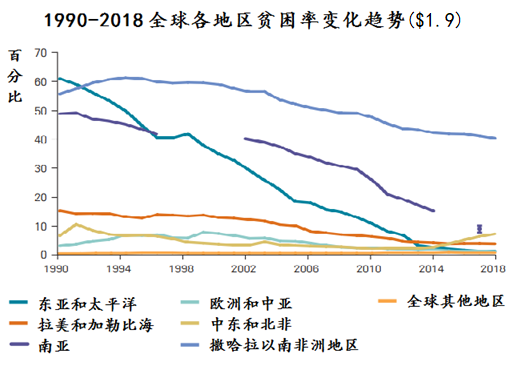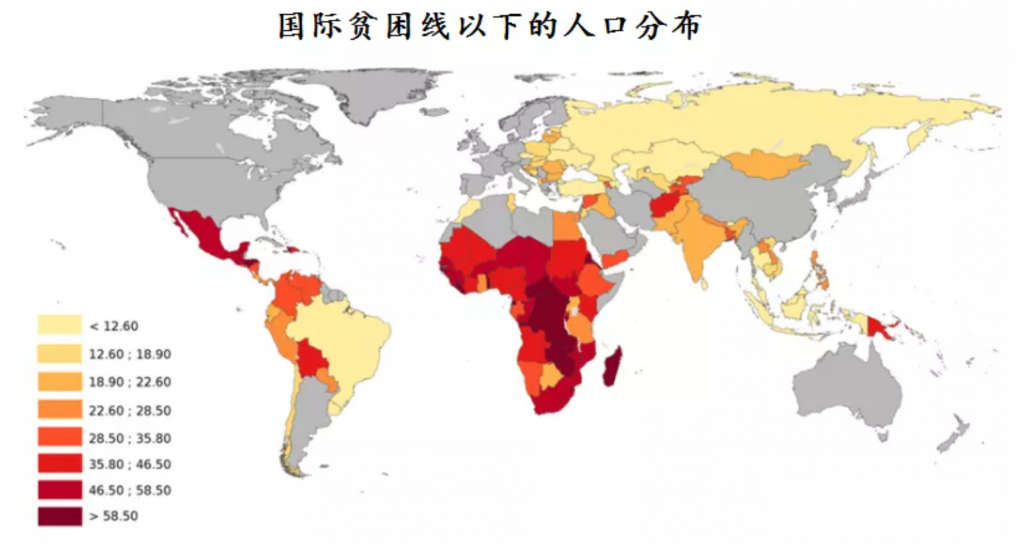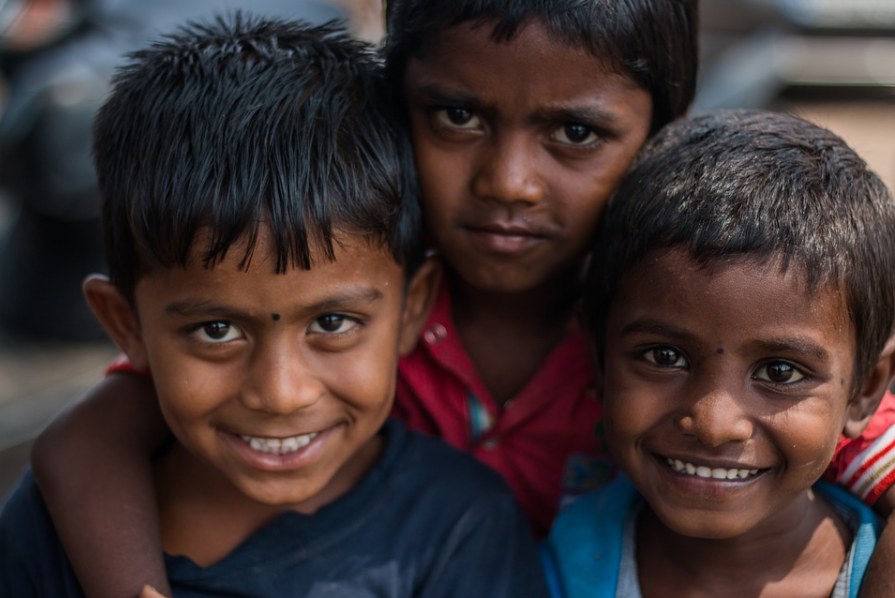(pixabay/image)
Author: Julia Sun
Poverty eradication is the core content of the United Nations 2030 Sustainable Development Goals. Through unremitting efforts, significant progress has been made in global poverty reduction. However, poverty is far from eradicated. The COVID-19 epidemic has caused severe setbacks in global poverty eradication, and the 2030 poverty reduction goal will be difficult to achieve.
Total words1607About4minutes
Poverty eradication is the core content of the United Nations' 2030 Sustainable Development Goals and one of the important missions of many professional United Nations agencies. Through unremitting efforts, significant progress has been made in global poverty reduction. However, poverty is far from eradicated, and the COVID-19 epidemic has caused severe setbacks in global poverty eradication. The goal of reducing the global extreme poverty rate to below 3% by the end of 2030 will be difficult to achieve. This article will review the formation of the international poverty line, the progress made in global poverty reduction, and explore the significant impact of the COVID-19 epidemic on global poverty reduction.
The international poverty line measures the minimum standard of living and has been revised several times
The world's first national poverty line emerged in India. In 1962, India established an absolute poverty line of 20 rupees (approximately US$0.98) based on the minimum amount of food people needed. At that time, about half of India's population lived below the poverty line.
The international poverty line, regularly established by the World Bank, is the authoritative standard for measuring the extent of global poverty. The World Bank's calculation measures the resources needed to meet people's minimum nutritional, clothing and housing needs (i.e. total daily per capita household income or total expenditure), with people whose incomes fall below the international poverty line considered poor. This method uses the national poverty lines of the 15 poorest countries as a basis, calculates the monetary value of the international poverty line, and converts it into other currencies using purchasing power parity (PPP) exchange rates. In 1990, the World Bank proposed for the first time in the World Development Report that the international poverty line was US$1.01 (1985 PPP), that is, people living on less than US$1.01 per day were considered to be living below the poverty line. In 2001, 2009 and 2015, the World Bank raised the international poverty line to US$1.08 per day (1993 PPP), US$1.25 per day (2005 PPP) and US$1.90 per day (2011 PPP) respectively. The international poverty line of $1.90 per day remains in place today.
Significant progress has been made in global poverty reduction, but challenges remain
The United Nations Millennium Development Goal (MDG) goal of halving the global population of extreme poverty has been achieved ahead of schedule. In 1990, the number of poor people in the world was 1.9 billion, and the poverty rate was 36%. In 2015, the number of poor people in the world was 702 million, with a poverty rate of 10%. The global poverty rate has dropped by 26% in 25 years, achieving the core target of the Millennium Development Goal of halving extreme poverty five years ahead of schedule.
However, challenges remain in achieving the United Nations Sustainable Development Goals (SDGs) of eradicating all forms of poverty globally. The global poverty rate has slowed down since 2015. From 1990 to 2015, it dropped by an average of 1 percentage point per year, and then slowed to 0.5 percentage points from 2015 to 2017.

Figure: "Poverty and Shared Prosperity Report: Reversal of Wealth" (World Bank, 2020)
Extreme poverty is highly concentrated in sub-Saharan Africa. From 2010 to 2015, the poor in sub-Saharan Africa accounted for 56% of the world's poor people. South Asia is home to 29% of the world's poor people, and another 15% of the world's poor people are distributed around the world. other areas.

Figure: "World Poverty Map and Population Distribution by Country" (World Bank, 2015)
The COVID-19 epidemic has caused a major setback in global poverty eradication
The COVID-19 pandemic has ended the continuous decline in global poverty over the past 20 years. The epidemic caused a global health crisis and severely impacted the economy, causing the global poverty rate to rise for the first time since 1998, returning to the level of 2017. So far, more than one million people have died from the COVID-19 epidemic around the world, and more than 37 million people have been infected. Global GDP is expected to contract by 5.2% in 2020, the most severe global economic recession in decades. In 2020, there will be approximately 100 million new extreme poor people in the world, pushing the total number of extreme poor people worldwide to 703 to 729 million. The global poverty rate is expected to increase by 1.5 percentage points.
The COVID-19 pandemic has had the greatest impact on the poor globally and pushed more people into poverty. In most countries and regions, poor people live and work in environments that lack sanitation and social security, making them the group with the highest infection and death rates from the COVID-19 epidemic. The poor have low education levels, few assets, low skills and lack of job security. Their jobs and incomes have been most severely affected by the epidemic. There will be approximately 100 million new poor people in 2020, mainly in low-income and middle-income countries in South Asia and sub-Saharan Africa. Unlike traditional poverty-stricken populations, which are concentrated in rural areas, most of the people impoverished due to the epidemic live in cities. , engaged in informal jobs in manufacturing, services and business sectors.
The impact of the COVID-19 epidemic on poverty reduction will be long-term. According to World Bank predictions, due to the impact of the epidemic, the global poverty rate will increase by 1.9 percentage points by 2021, with as many as 150 million people falling into extreme poverty, and this impact will continue until 2030. Before the outbreak, the reduction in the global poverty rate had been slowing down, which had an impact on the achievement of the 2030 poverty reduction target as scheduled. The long-term impact of the COVID-19 epidemic on poverty reduction will make it difficult to achieve the 2030 poverty reduction goal.
In addition to the COVID-19 epidemic, climate change and conflict have also had a greater negative impact on global poverty reduction.
This article was first published on the WeChat public account "International Development Observation". All rights reserved, please indicate the author and source when reprinting.

